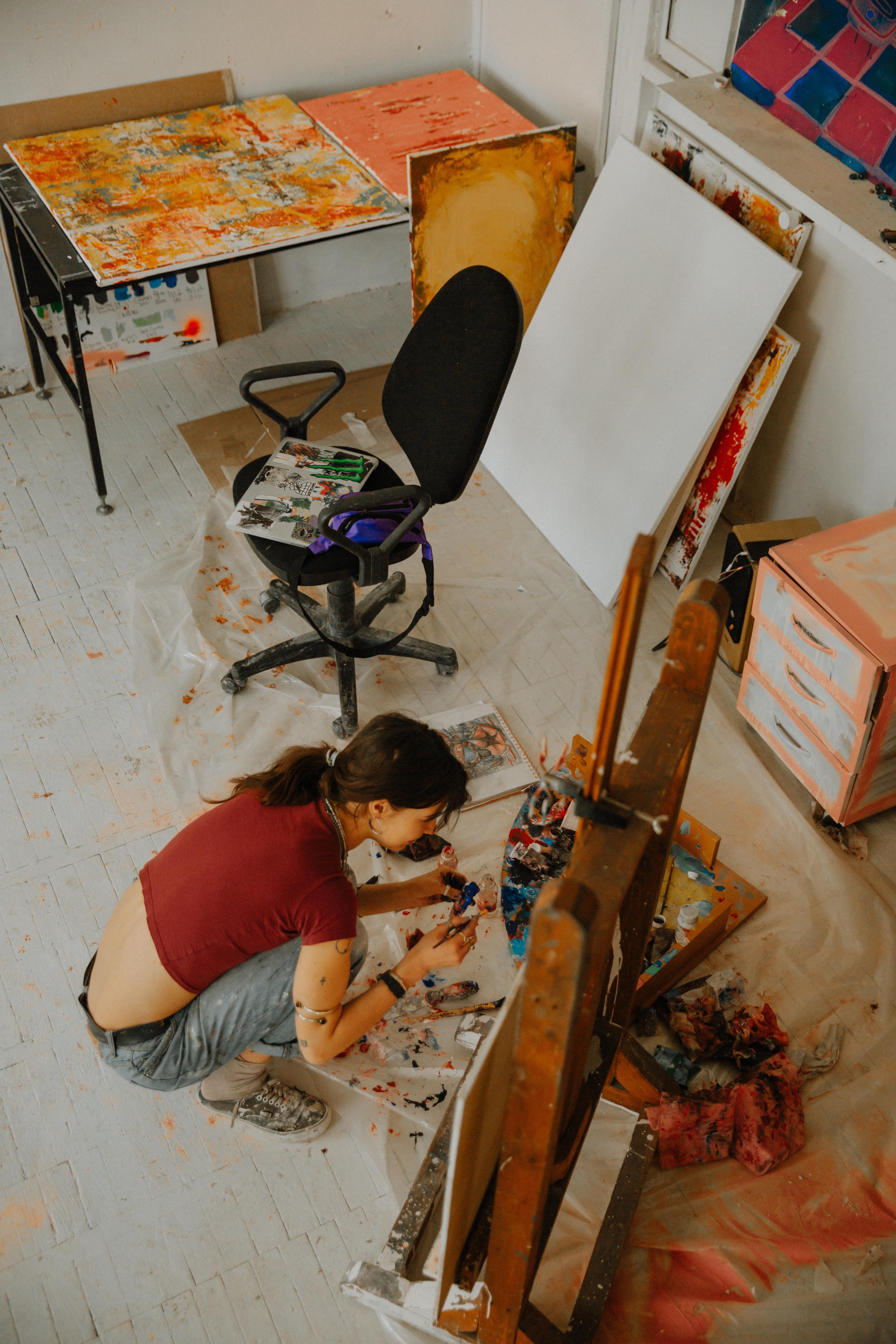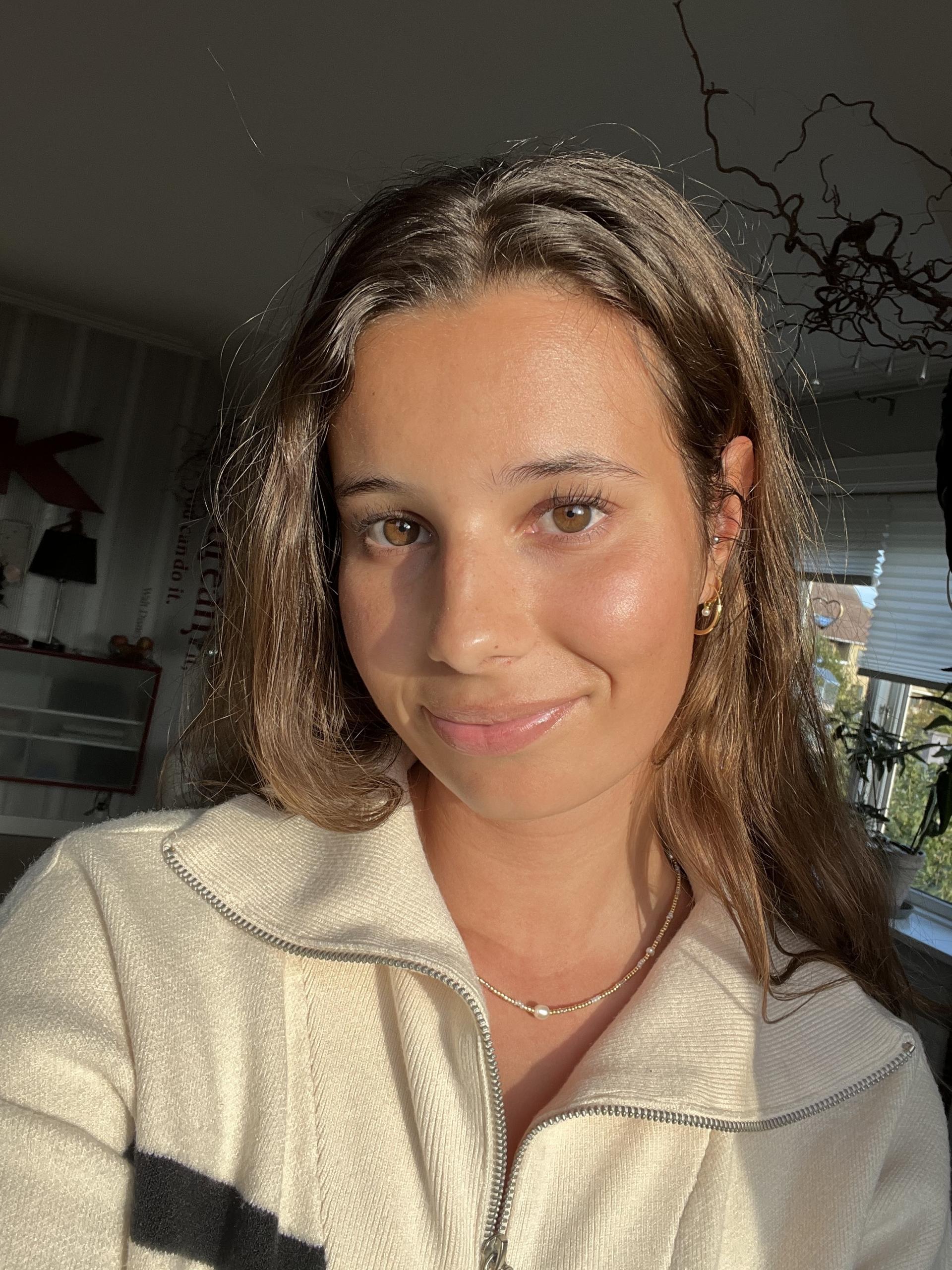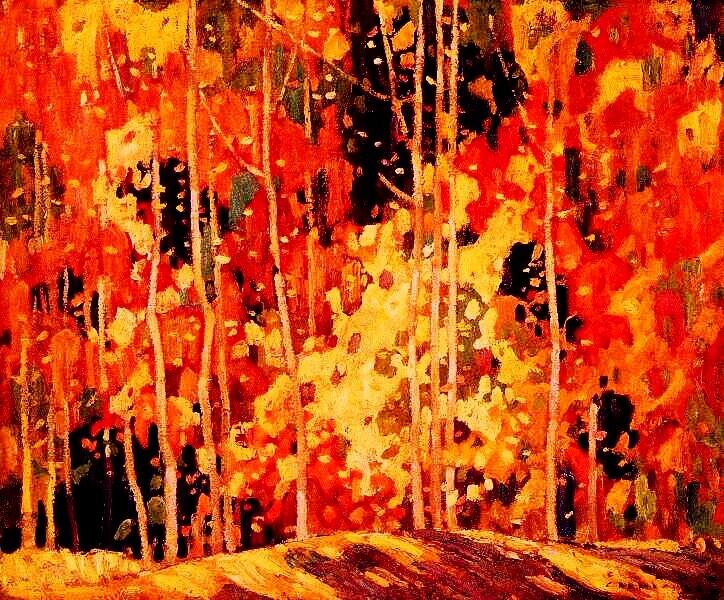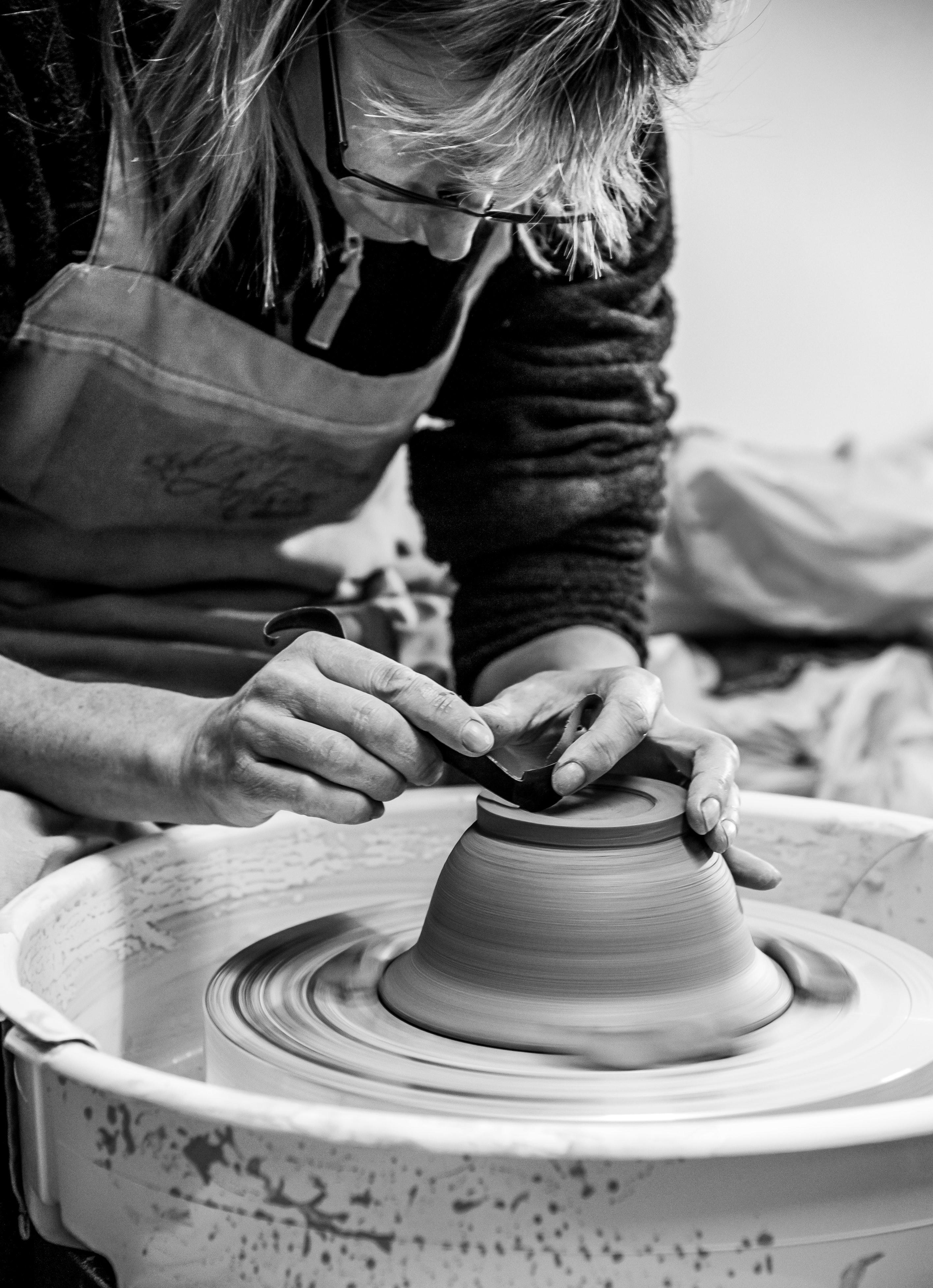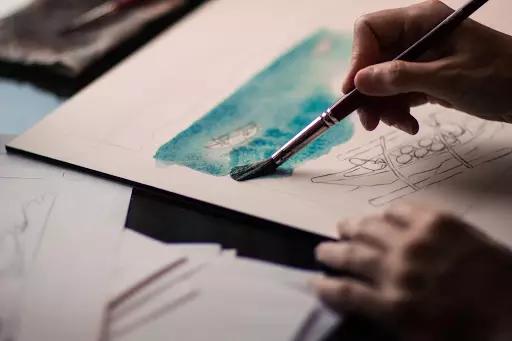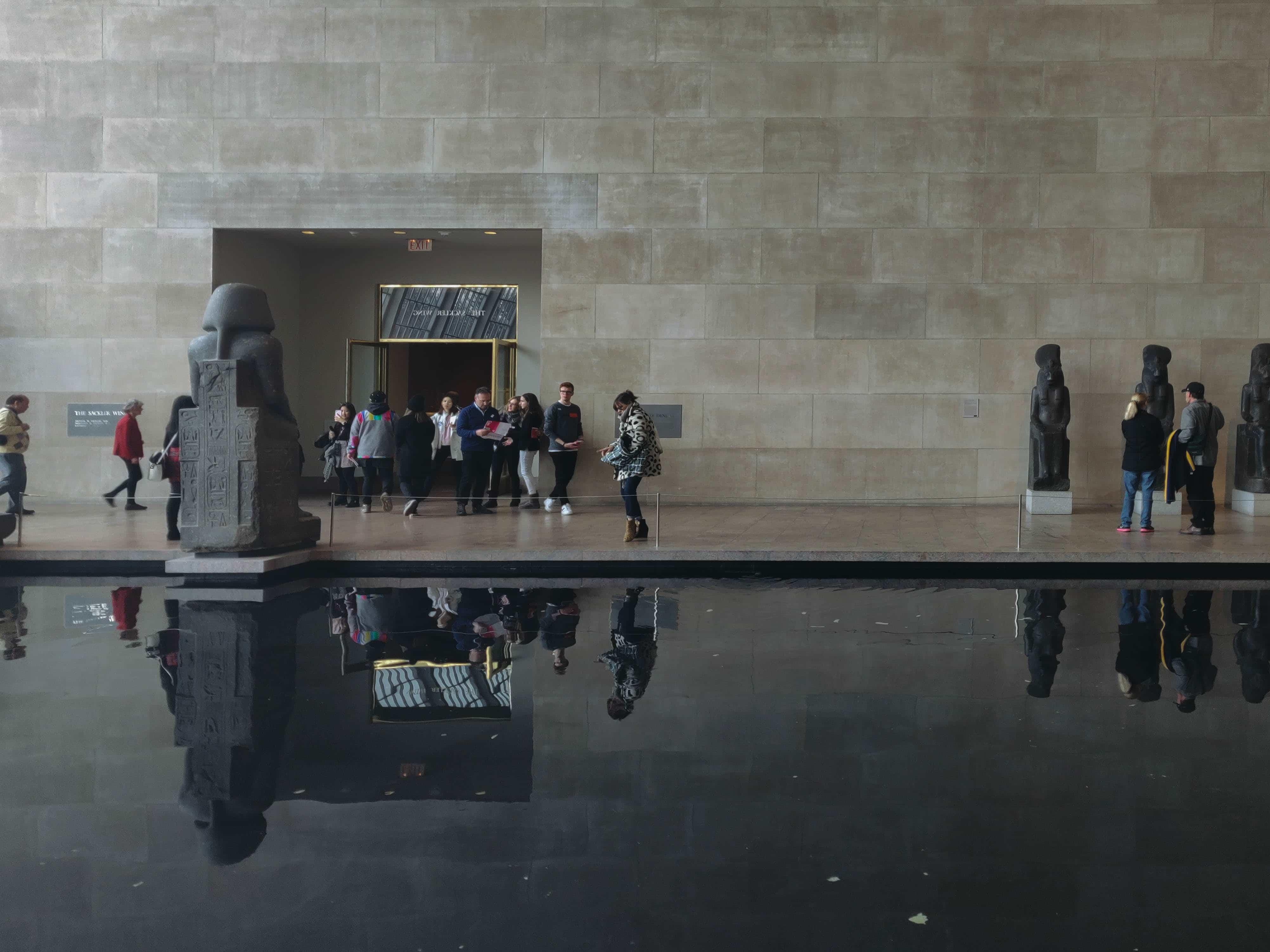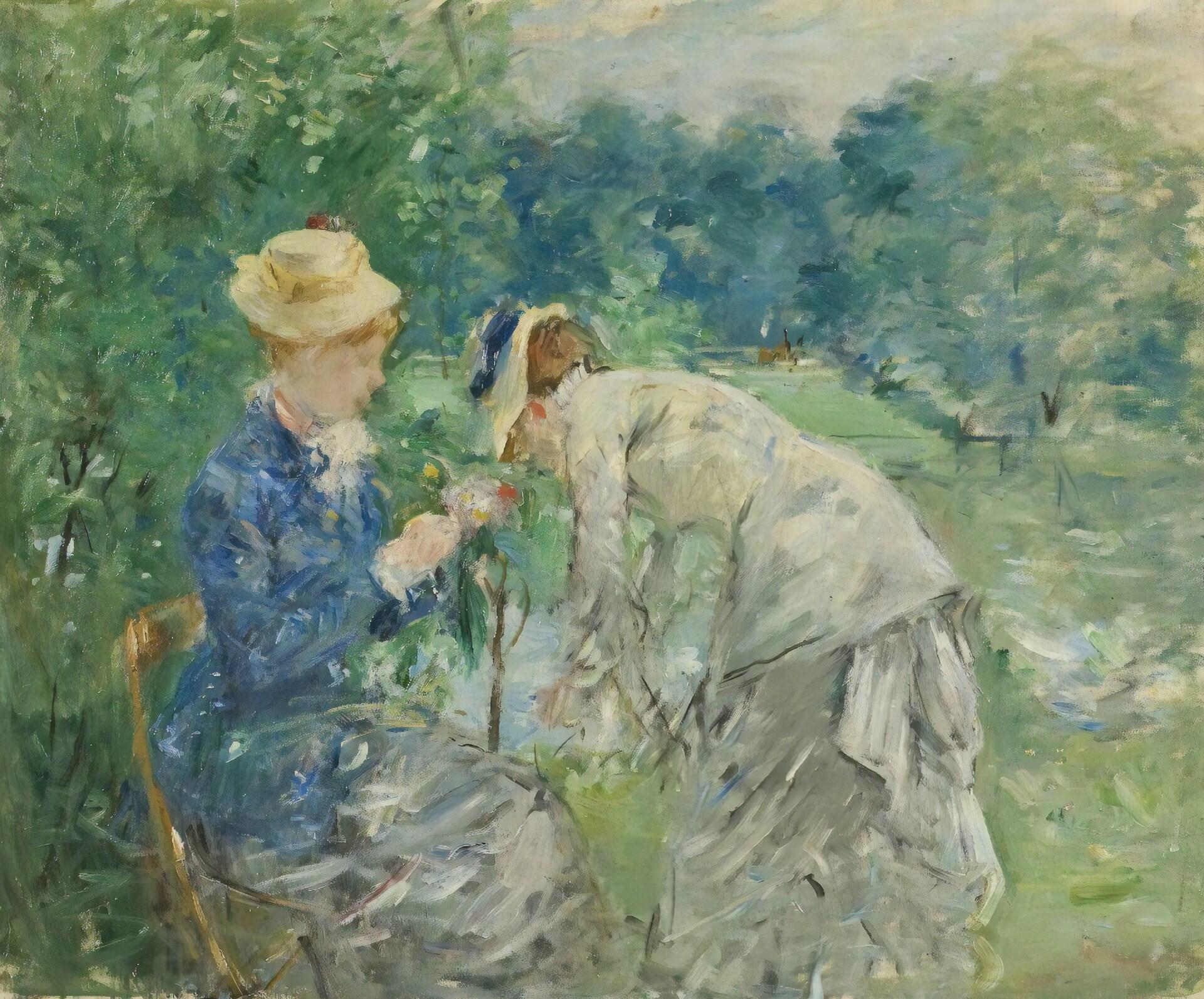🎨 Key Takeaways
- There’s no one way to become an artist, but art school can fast-track your skills.
- Canada offers top programs in the visual arts, design, and fine arts.
- A strong portfolio often matters more than your grades.
- Colleges focus on hands-on training, while universities lean into theory.
- Business skills are now part of many art programs.
- The best artists keep learning, and tutors can help at any level.
Art studies can look very different from person to person, and that’s exactly what makes them so exciting. Whether you’re self-taught or pursuing a formal education, there are many ways to build a creative career.

Why Study Visual Arts?
Art school is one of the best ways to build the skills and confidence needed to succeed as a professional artist. You’ll learn the fundamentals of visual arts, gain hands-on studio experience, and often work with seasoned artists who can guide your growth.
Many programs now include business and entrepreneurship courses, helping students not only refine their craft but also understand how to market themselves, land freelance work, or build a career in creative industries.
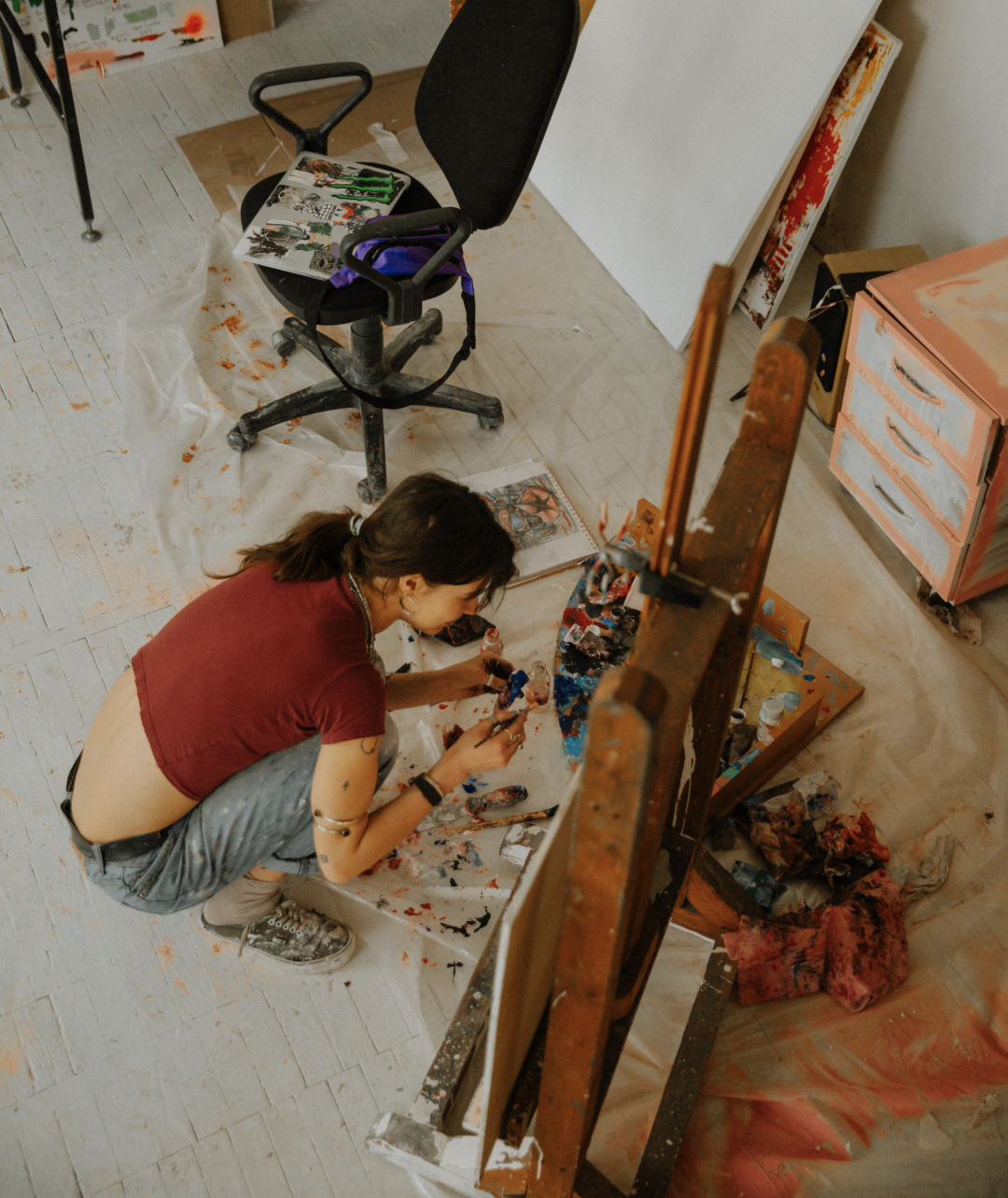
And no matter where you are in your education - high school, university, or even beyond - working with a private art tutor can take your learning even further. A good tutor can help you improve your technique, prepare for school applications, or simply stay motivated.
On Superprof, you’ll find hundreds of experienced art tutors across Canada, available for in-person or online lessons that fit your schedule.
Whether you’re just starting out or looking to level up, tutoring and structured learning can make all the difference in your journey to becoming an artist in Canada.
Studying Art in High School
Studying art in high school is where many aspiring artists begin to take their creative goals seriously. It’s the ideal time to explore your passion and prepare for future art studies in college or university.
Most post-secondary fine arts courses in Canada require that you’ve taken at least one high school art class. These classes help you build a foundation in techniques and theory, and introduce you to the basics of visual arts, from drawing and painting to digital media and design.
Besides your classes, your portfolio is one of the most important parts of getting into art school. It should highlight your best work and show how you’ve grown as an artist. Try different materials and styles, and include pieces that show your process and creativity. A strong portfolio can really support your future art studies.
Good English grades matter. Most art programs require you to write artist statements or reflections. Aim for advanced English if you’re applying to university; applied English is fine for college.

Studying to Become an Artist
There’s no single formula for becoming an artist, but formal education can open doors. While many creatives are self-taught, others find that structured art studies help them build confidence, technical skills, and a professional network.
If you’re planning on working in galleries, education, animation, or design, having a degree in the arts may be a requirement. Understanding your long-term goals will help you choose the right path.
Most colleges in Canada offer two- to three-year fine arts programs focused on hands-on learning.
You’ll spend time in studio environments building techniques in drawing, painting, sculpture, and digital media. Many programs also include art history, professional practices, and even entrepreneurship.
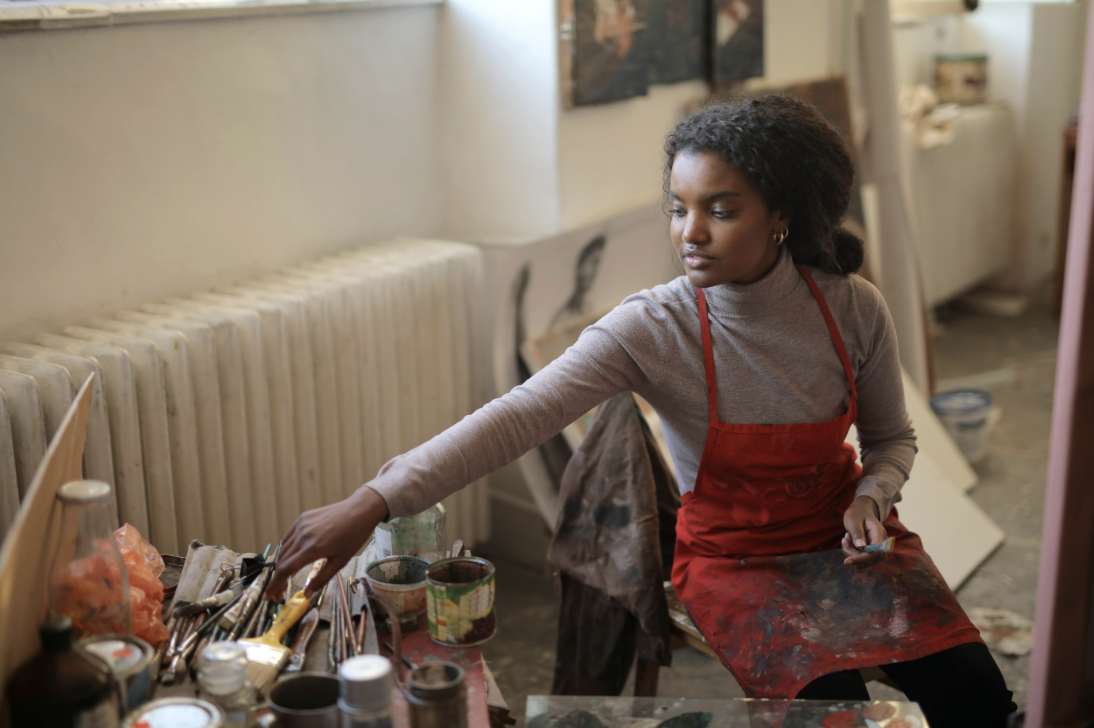
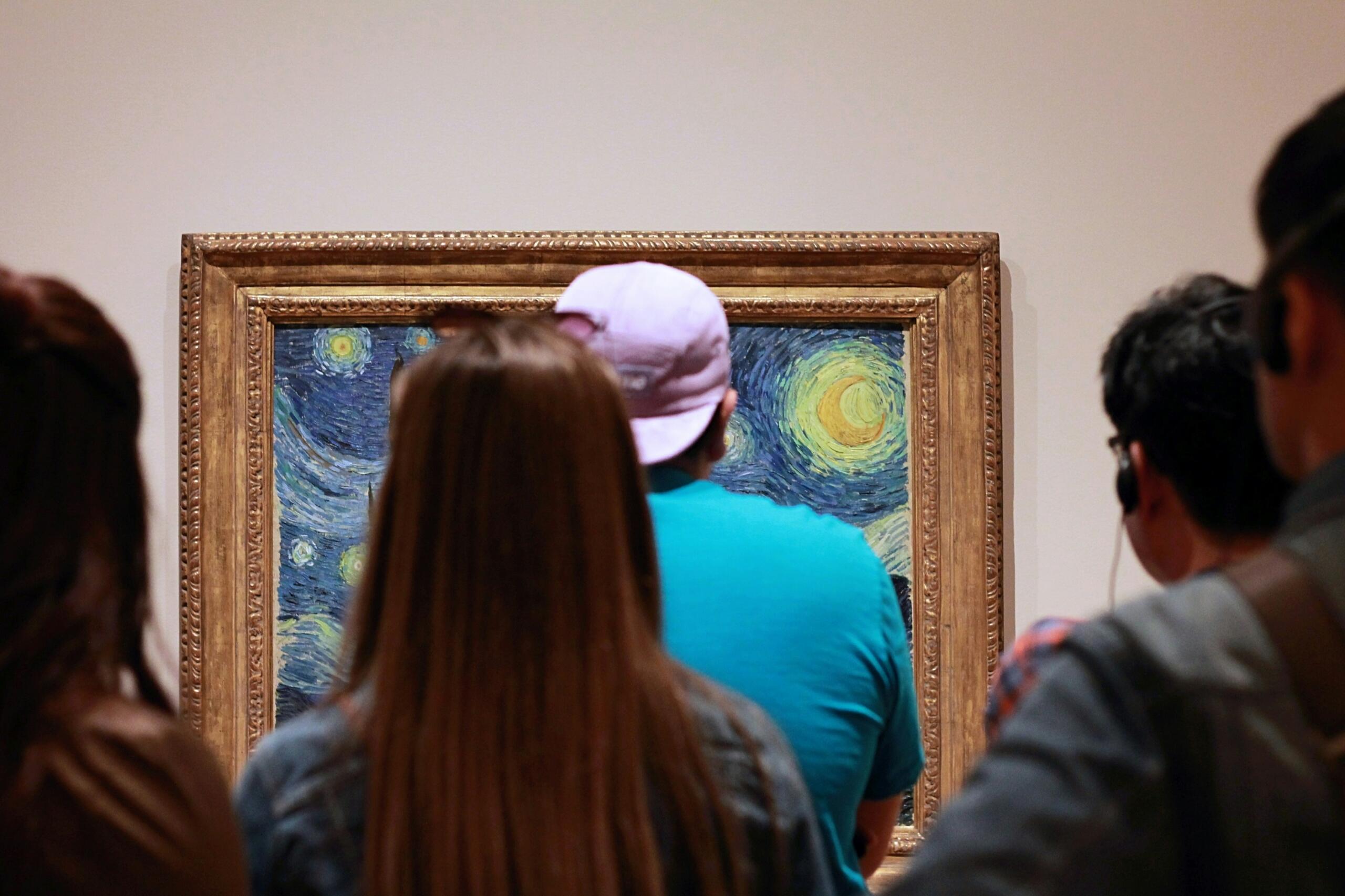
Universities, on the other hand, typically offer four-year degrees with more theory-based coursework. A university-level artist study might explore broader concepts like critical theory, interdisciplinary practices, and global art history, while still providing access to studio courses and exhibitions.
Choosing between college and university depends on your goals. Both paths can support your journey toward becoming an artist in Canada. What matters most is that you continue creating, learning, and developing your voice as an artist.
Art Schools in Canada
Canada is home to some incredible institutions for art studies, offering aspiring creatives a place to refine their talents, explore different mediums, and build a professional career in the visual arts. Whether you’re interested in painting, sculpture, animation, photography, or digital media, there are plenty of options to fit your goals.
Attending a good art school allows you to develop your artistic voice while gaining practical skills and mentorship. You’ll study alongside like-minded students, receive professional feedback, and often participate in exhibitions or artist study residencies. These experiences are essential if you’re planning to build a strong portfolio or pursue freelance work, gallery shows, or even teaching roles.
Many schools in Canada now offer business and marketing components in their programs, helping students turn their passion into a viable career. You’ll also find more flexible learning options, such as hybrid classes and short-term certificate programs for those transitioning into the creative field later in life.
When exploring art schools in Canada, consider:
Here are some of the top schools for visual arts and design across the country:
| School 🎓 | Location 📍 | Why It Stands Out🤩 |
|---|---|---|
| Emily Carr University of Art + Design | Vancouver, BC | Specializes in contemporary art, media, and design. Great for students focused on digital and interdisciplinary art studies. |
| Ontario College of Art & Design (OCAD) University | Toronto, ON | Canada’s largest and oldest dedicated art school, known for its range of fine arts courses and innovation in visual culture. |
| Nova Scotia College of Art and Design (NSCAD) | Halifax, NS | A top choice for students interested in experimental or conceptual art. Strong reputation in both visual arts and art theory. |
| Alberta University of the Arts | Calgary, AB | Studio-intensive learning in a close-knit community. Offers degrees in crafts, communication design, and more. |
| University of British Columbia (UBC) | Vancouver, BC | Combines academic and studio-based learning. Great for students who want to explore what are visual arts in a research-led environment. |
Tips for Surviving Art School
Attending art school can be one of the most rewarding experiences in your art studies. Whether you’re focused on painting, digital media, or sculpture, you’ll dive deep into the world of visual arts while developing your creative voice and technical skills. But with new expectations, critiques, and deadlines, it can also feel overwhelming at times.
To stay grounded, it’s important to take care of both your creativity and your well-being. Find ways to de-stress that work for you, whether it’s journaling, gaming, cooking, or getting outside for fresh air. Even passionate artists need breaks.
Your time at school is also a chance to build meaningful connections. Start networking with classmates, instructors, and visiting professionals early on. In many artist study programs, these relationships open doors for collaboration and future opportunities.
When challenges arise, remind yourself why you chose this path. Not every project will go perfectly, but reconnecting with your passion for visual arts can help you stay motivated.
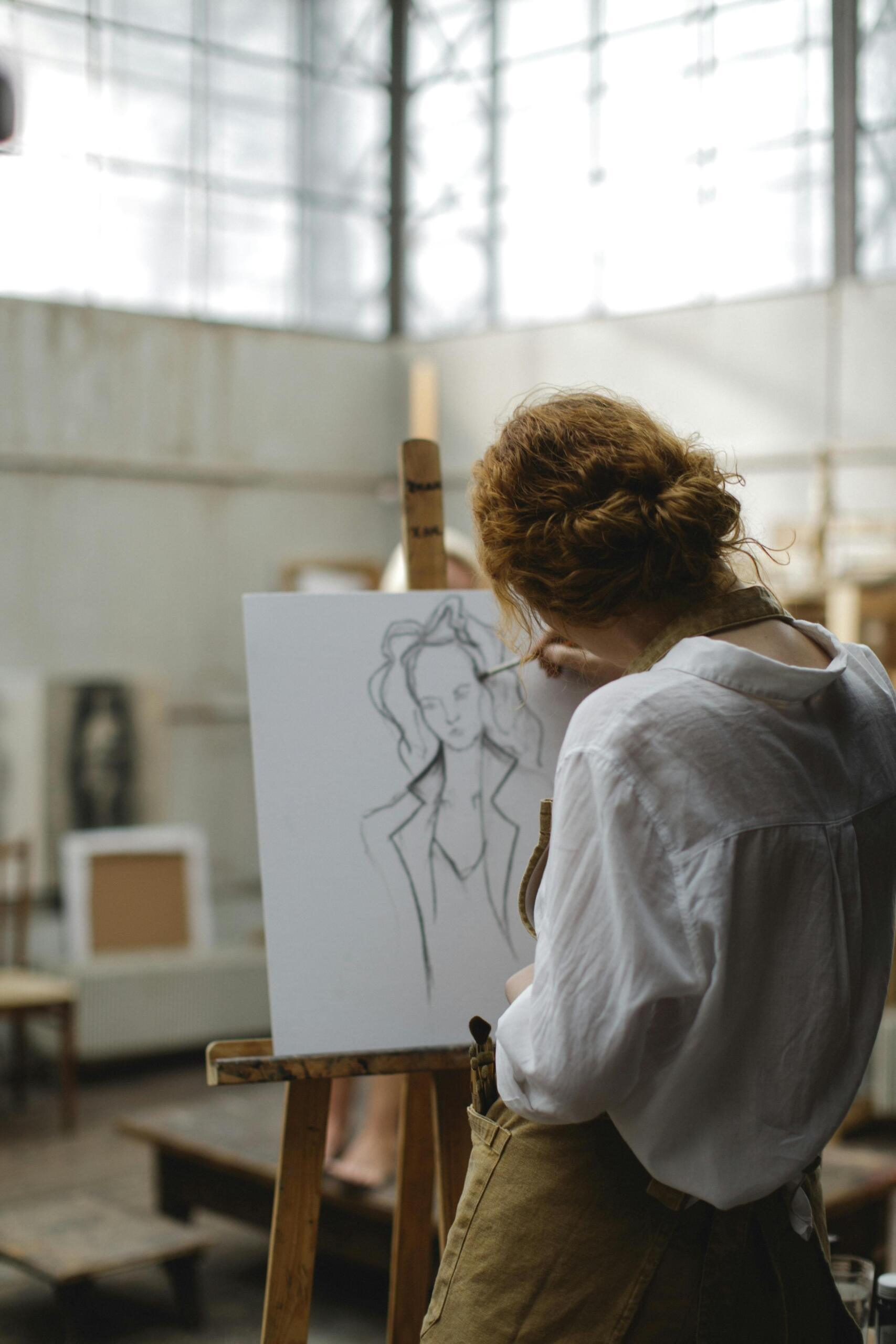
And when it comes to feedback, learn to embrace critique as a way to grow, without losing your unique style or voice.
That’s where having the right mindset and approach makes all the difference. In fact, one of the best ways to prepare is by reading practical advice from those who’ve been there. You’ll find plenty of tips for surviving art school through blogs, videos, and conversations with instructors and peers.
Want firsthand advice from someone who’s done it? While this student attends art school in Los Angeles, his reflections on workload, critiques, and growth mindset still apply to most Canadian programs👇
Become an Artists in Canada
Whether you’re just beginning your art studies or actively preparing a portfolio, building a creative career takes both passion and direction. Understanding what are visual arts and how they connect disciplines like drawing, design, digital media, and sculpture can help you decide where your interests truly lie.
Fine arts courses in Canada give you the chance to sharpen your skills, grow your confidence, and learn how to express yourself with impact. Art school helps you do more than just improve your technique. It’s a place to shape your creative voice, connect with others, and discover new directions for your work.
Wherever you are on your journey, don’t be afraid to experiment, seek feedback, and keep learning. With the right support, you can absolutely grow your talents and become an artist in Canada.

